Describe the Pathophysiology of Type 1 Diabetes Mellitus
And production of advanced glycosylic end products AGEs. Type 1 Diabetes Mellitus is a syndrome characterized by hyperglycemia and insulin deficiency resulting from the loss of beta cells in pancreatic islets Mapes Faulds 2014.

Pathological Events Leading To Type 1 And Type 2 Diabetes Mellitus The Download Scientific Diagram
The pathophysiology of Type 1 diabetes mellitus suggests that it is an autoimmune disease wherein the bodys own immune system generates secretion of substances that attack the beta cells of the pancreas.

. Type 1 diabetes mellitus T1DM is an autoimmune disease that leads to the destruction of insulin-producing pancreatic beta cells. Describe the pathophysiology for microvascular complications in diabetics Chronic hyperglycemia causes. Hyperglycemia manifests in various forms with a va.
T1DM develops through elicitation of the immune system against beta-cell antigens and initiation of proinflammatory responses. This is the result leads to total absence of insulin production. The terms insulin-dependent diabetes or juvenile-onset diabetes previously encompassed.
Type 1 diabetes mellitus. Type 1 diabetes mellitus. Pathophysiology of Diabetes Mellitus 11.
Insulin production diminishes when beta-cell mass falls until the available insulin is no longer sufficient to maintain normal blood glucose levels. Continuing Education Activity. Production of sorbitol which creates osmotic stress.
Type 1 diabetes is more common among children and young adults around 20 years. It is based on cerebral blood flow and tissue integrity arterial plasma glucose the speed that plasma glucose concentrations fall and other available metabolic fuels. Glucose is the primary source of energy for the human body.
A genetic predisposition and exposure to a virus are factors that may contribute to the pathogenesis of immune related. The last century has been characterised by remarkable advances in our understanding of the mechanisms leading to hyperglycaemia. Type 1 diabetes is an immune mediated disease caused by autoimmune destruction of the pancreatic B cells the site of insulin production.
Part B - Questions 1 Describe the pathophysiology of Type 1 Diabetes Mellitus. Type 1 diabetes is an autoimmune condition that activates the immune system to destroy the insulin- producing cells in the pancreas. Consequently the pancreas secretes little or no insulin.
Insulin is a hormone needed to allow sugar glucose to enter cells to produce energy. Insulin is an essential anabolic hormone that exerts multiple effects on glucose lipid protein and mineral metabolism as well as growth. Let Us Be The Source For Your Diabetes Concerns.
Type 1 diabetes occurs as a result of the bodys immune system attacking the insulin producing beta cells of the pancreas although it is not clear why. In type 1 diabetes the pancreas is unable to produce insulin. It is characterized by elevated blood glucose levels or hyperglycemia which results from abnormalities in either insulin secretion or insulin action or both.
The pathophysiology of diabetes involves plasm concentrations of glucose signaling the central nervous system to mobilize energy reserves. Direct glucose-mediated endothelial damage. Type 1 diabetes is the result of lymphocytic infiltration and destruction of insulin-secreting beta cells in the pancreas islets of Langerhans.
Type 1 diabetes is diabetes caused by the immune system attacking and destroying the cells in the pancreas that produce insulin. Different factors including genetics and some viruses may contribute to type 1 diabetes. The following article reviews the basic pathophysiology of both type 1 diabetes mellitus and type 2 diabetes mellitus as we understand it today.
Defective insulin secretion by pancreatic β-cells and the inability of insulin-sensitive tissues to respond appropriately. Let Us Help Manage Living With Diabetes. Nonimmune type 1B diabetes occurs secondary to other diseases and is much less common than autoimmune type 1A.
The destruction of beta cells in Type 1A. Type 1 diabetes mellitus T1DM is an autoimmune disease that leads to the destruction of insulin-producing pancreatic beta cells. Type 2 Diabetes Mellitus T2DM one of the most common metabolic disorders is caused by a combination of two primary factors.
The pancreas is an organ below and behind the stomach that produces the hormone insulin. Insulin is an essential anabolic hormone that exerts multiple effects on glucose lipid protein and mineral metabolism as well as growth. Diabetes Mellitus Type 1 Pathophysiology.
The pancreas a big gland behind the stomach stops producing insulin in type 1 diabetes because the immune system of the body has demolished the cells that create. Basic concept of glucose metabolism. Superoxidative stress due to overproduction of free radicals.
Insulin moves glucose into the cells to be stored and used for energy. Describe the pathophysiology of Type 1 Diabetes Mellitus. After antigen presenting cells APCs present beta-cell antigens to the immune system chronic immunological responses occur due to inefficient regulation of immunological.
Type 2 Diabetes Mellitus T2DM is one of the most common metabolic disorders worldwide and its development is primarily caused by a combination of two main factors. Diabetes mellitus is a complex metabolic disorder associated with an increased risk of microvascular and macrovascular disease. Type 1 diabetes mellitus pathophysiology.
Ad The Path To Understanding Diabetes Starts Here. Type 1 diabetes once known as juvenile diabetes or insulin-dependent diabetes is a chronic condition in which the pancreas produces little or no insulin. Its main clinical characteristic is hyperglycaemia.
It continues on to reveal the things that go wrong when there is too much or too little glucose available. For effective understanding medicine has had pathophysiology of Type 1 Diabetes mellitus made easy by grouping into three categoriesThey are an autoimmune mechanism genetic considerations environmental factors. Pathophysiology of Type 1 Diabetes condition is by large characterized by a deficiency of insulin hormone.
Importantly insulin allows glucose to enter muscle and adipose cells stimulates the liver to. Diabetes mellitus is a chronic heterogeneous metabolic disorder with complex pathogenesis. Importantly insulin allows glucose to enter muscle and adipose.
Defective insulin secretion by pancreatic β-cells and the inability of insulin-sensitive tissues to respond to insulin Insulin release and action have to precisely meet the metabolic. With The Right Tools You Can Do Anything.

Pathophysiology And Clinical Presentation Type 1 Diabetes Mellitus

A Schematic Diagram For Pathogenesis Of Type 1 Diabetes Mellitus Download Scientific Diagram

Types 1 Diabetes Mellitus Royalty Free Vector Image
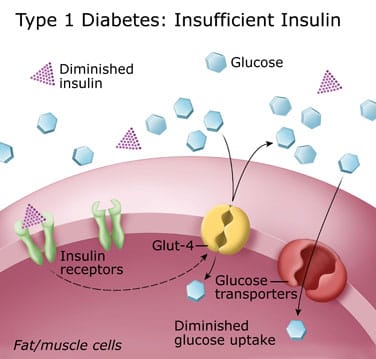
Pathophysiology Of Diabetes Mellitus

A Schematic Diagram For Pathogenesis Of Type 1 Diabetes Mellitus Download Scientific Diagram

Type 1 Diabetes Mellitus Disease Mechanism And Resveratrol Role Islet Download Scientific Diagram
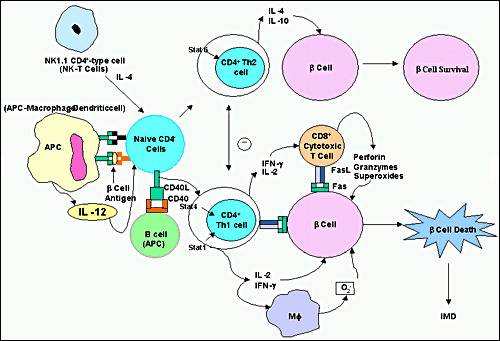
Etiology And Pathogenesis Of Diabetes Mellitus In Children And Adolescents Endotext Ncbi Bookshelf
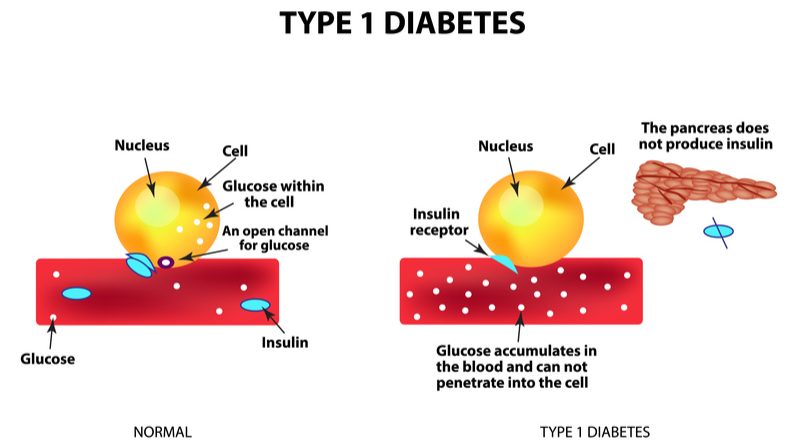
Type 1 Diabetes Mellitus Nursing Care Management And Study Guide Nurseslabs
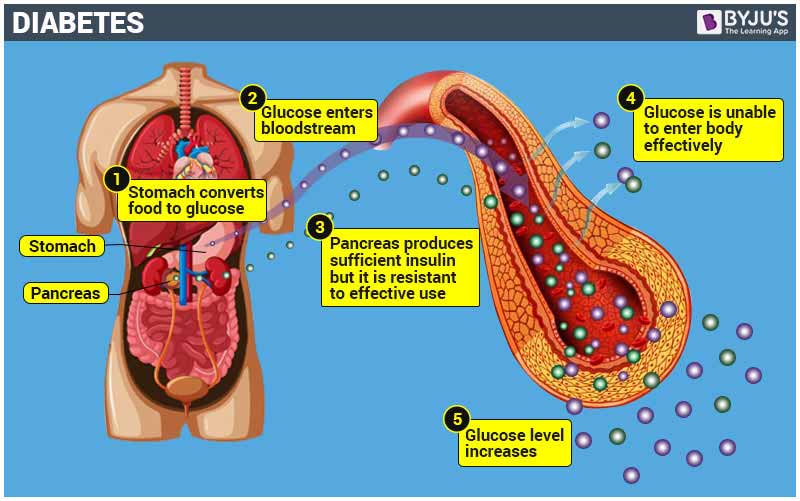
Diabetes Mellitus Symptoms Treatment Type 1 Diabetes Type 2 Diabetes

Pathophysiology Of Diabetes Mellitus Youtube
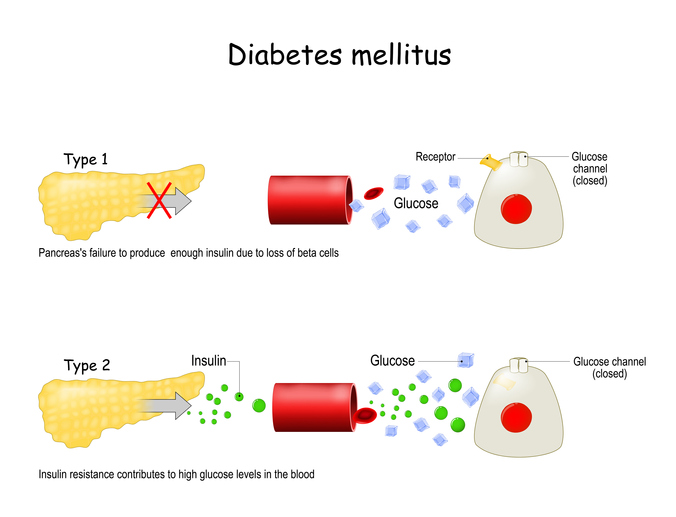
Type 1 Vs Type 2 Diabetes Painscale
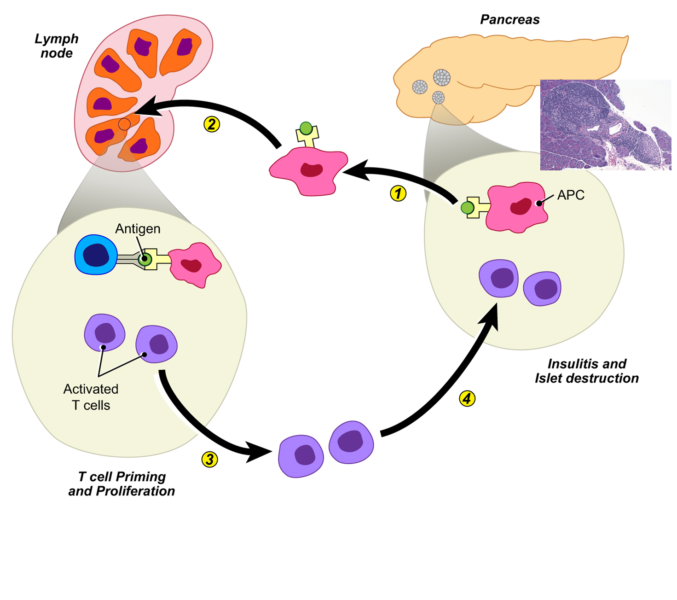
Under The Microscope Type 1 Diabetes Johns Hopkins Pathology
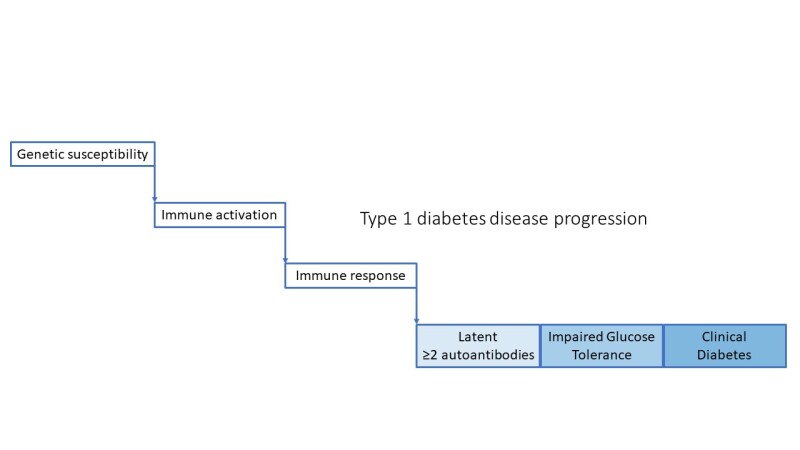
Etiology And Pathogenesis Of Diabetes Mellitus In Children And Adolescents Endotext Ncbi Bookshelf

Type 1 Diabetes Autoimmune Diabetes Cause And Consequences Youtube
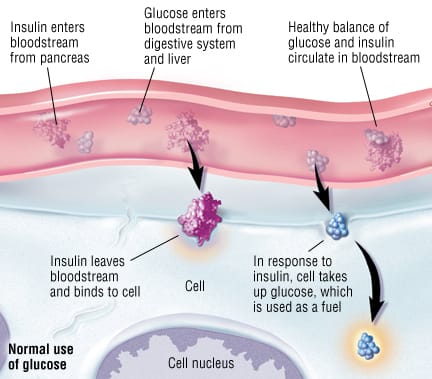
Pathophysiology Of Diabetes Mellitus
Pathogenesis Of Diabetes Mellitus Dm Type I Calgary Guide
Diabetes Mellitus Pathophysiology Of Types 1 2 Pathology Flashcards Draw It To Know It
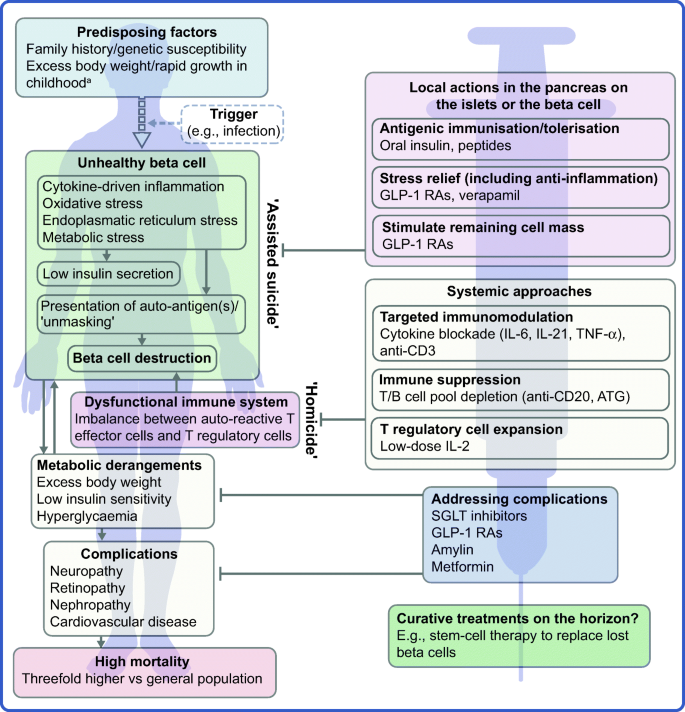
Current And Future Therapies For Type 1 Diabetes Springerlink
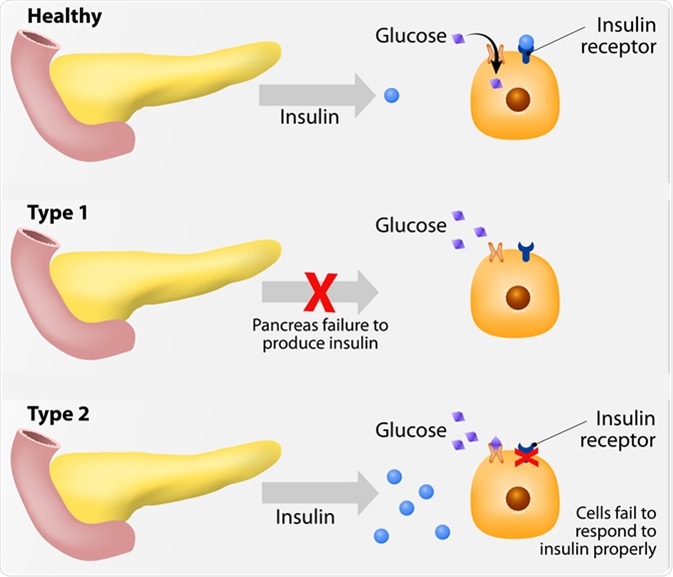
Comments
Post a Comment